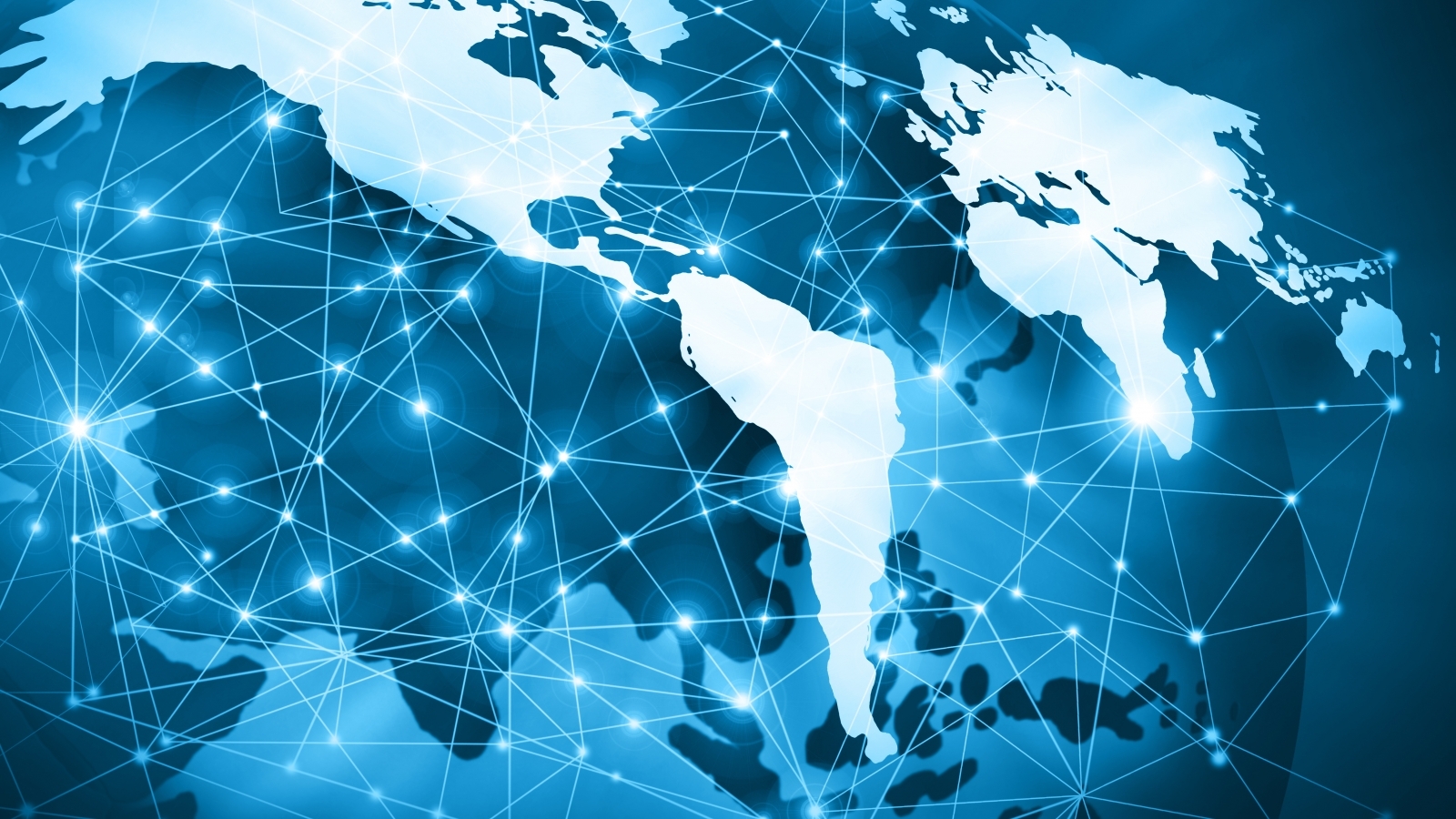History of the Internet | HackThatCORE
History of the Internet | HackThatCORE

Image Source: Centre for International Governance Innovation
- 1962
- 1974
- 1976
- 1978
- 1984
- 1985
- 1987
- 1989
- 1992
- 1993
- 1994
- 1995
- 1996
- 1999
- 2000
- 2001
- 2003
- 2004
- 2005
- 2006
- 2009
J.C. R. Licklider (1915-1990) introduced the idea of an 'Intergalactic Network.'
His idea involved a global computer network that allowed everyone to access information from anywhere in the world. He became head of Defense Advanced Research Project Agency (DARPA), convincing his successors of the importace of the network.
Vint Cerf and Bob Kahn used the term "Internet" in a Transmission Control paper.
Dr. Robert Metcalfe invented Ethernet, coaxial cables that quickly transport data. Ethernet was an important aspect in developing Local Area Networks (LAN), which is a computer network that covers a small area, like a home, office, or school.
Garry Thuerk sent the first spam email to 400 users of ARPANET advertisisng his DEC's new range of minicomputers.
Dr. Jon Postel described his idea for .com, .org, .gov, .edu, and .mil in a series of papers published by the Internet Engineering Task Force.
Dennis Jennings joined the National Science Foundation and determines that TCP/IP should be mandatory for the entire NSFNET program.
When Steve Wolff took over a year later, he determined that the academic/research community needed a something outside of government funding. They would need a Wide Area Network (WAN), which connects LAN.
CompuServe accidentally released the Graphics Interchange Format (GIF) image, not knowing there was a patent pending on the technology.
The World, an Internet Service Provider (ISP), offered the first commercial dial-up internet. Netom, which was established in 1988, did not serve the public until after The World. Also founded in 1989, Panix was the third ISP.
Corporation for Educational and Research Network (CREN) released the World Wide Web.
NSFNET is upgraded to 44.739 Mbps.
Marc Andreessen, NCSA, and the University of Illinois developed "Mosaic for X", a graphical interface for the World Wide Web. Mosaic was the first widely used internet browser.
Marc Andreessen later founded Netscape in 1994. His company also developed Secure Socket Layer (SSL), which encrypts and secures sensitive data. It's still the standard today.
Pizza Hut offered online ordering through their website.
Pierre Omidyar released AuctionWeb, which later became eBay.
The NSA, overwhelmed with new hosts, determined that as of April 30, 1995, they would no longer allow access to the NSF backbne. Instead, four providers could lease access. An annual fee was imposed for all domains, except those used by the government (.gov) or educational institutions (.edu).
Internet2 is released. Internet2 is a network of research and education institutions.
Hotmail is launched.Microsoft bought hotmail for $400 million the following year.
Wi-fi, wireless internet technology, is standardized.
Sean Fanning created and released his infamous Napster. He was just 18.
The Dot-com bubble burst.failing drastically after peaking at 5,048.62 on the NASDAQ.
Wikipedia is launched. eventually changing domains from .com to .org.
Apple launched the iTunes Store with only 200,000 songs. Within 24 hours, they'd sold a quarter of a million songs.
On April 1, 2004, Google announced the launch og Gmail, which would offer 1GB of storage. Because Hotmail and Yahoo were only overing 2MB and 4MB respectively, some people thought it was an April Fool's joke.
YouTube is launched. revolutionizing web-based videos. Google bought YouTube for $1.6 billion the following year.
Dom Sagolla released Twitter.
Facebook, once exclusive to college students, is made available to everyone.
Mobile data traffic exceeded voice traffic every single month. Globally, mobile data exceeded an exabyte (a billion gigabytes) for the first time.


Comments
Post a Comment